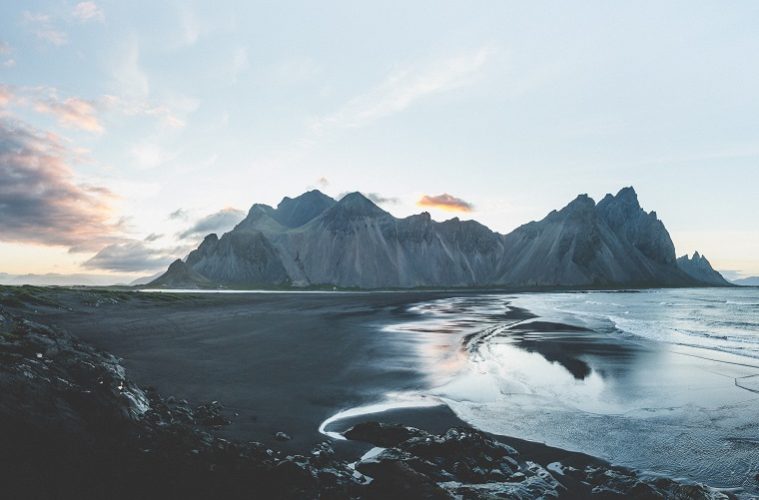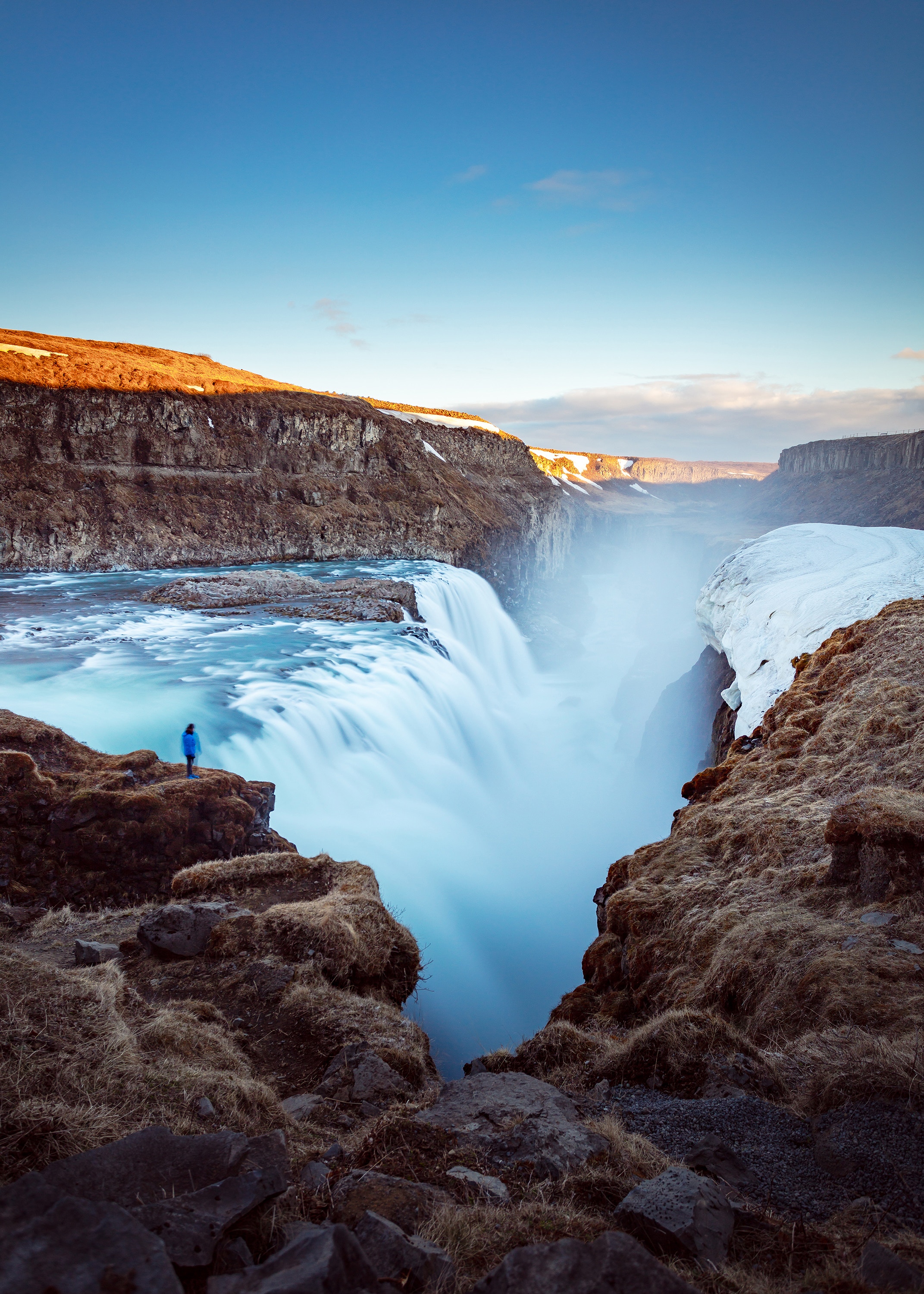Iceland is a volcanically active land of sand and lava fields, mountains and glaciers and glacial rivers. Even the summers are chilly, in this tundra climate, with low rain and snow levels throughout the year, and an average annual temperature no more than 10 degrees C.
Myth states that the country got its name from a Viking named Flóki Vilgerðarson. His daughter drowned during their journey to the island, and when he arrived his livestock starved to death. The despondent Flóki climbed a mountain and saw a fjord full of icebergs, which led him to give the island its name.
Until the 20th century, Iceland relied heavily on subsistence fishing and agriculture, and was among the poorest countries in Europe. The years following World War II introduced the industrialisation of fisheries and as a result, Iceland transformed into one of the wealthiest and developed nations in the world. When the nation’s entire banking system failed in October 2008, as a direct result of the world financial crisis, the country itself went into crisis. Since then, the economy has recovered, largely due to an increase in tourism.
Iceland is the most sparsely populated country in Europe. Its capital, Reykjavik is the world’s northernmost capital, and sits on the southwestern corner of the island. Almost 80% of its land is unpopulated and, as one of the youngest landmasses to have been formed, it is home to some of the most volcanically active volcanoes in the world.
Tourists are captured by Iceland’s stark beauty. More than 11% of the country is covered by glaciers, including Europe’s largest, Vatnajökull. There are many plateaux, mountain peaks, and lowlands and along with long, deep fjords and glaciers. The landscape is otherworldly: lava fields and black sand beaches make you feel you’re on the moon or an alien plant. Or a character in Game of Thrones. Snaefellsnes Peninsula is a legendary area of magic and beauty, immortalized in Jules Verne’s “Journey to the Centre of the Earth”.
Wildlife abounds, from the tiny puffins in black and white underpants and sporting bright beaks, to pods of humpback whales, singing haunting melodic songs and performing acrobatics by breaching, propelling themselves out of the water in an effort to remove parasites from their bodies.
Waterfalls cascade down rocks, following journeys carved relentlessly over centuries. The north, east and west coasts are home to 109 fjords, bodies of water that mirror the mountains that surround them, breathtaking scenery in glorious visual stereo.
Haukadalur Valley’s geothermal field lies on the outskirts of a neovolcanic zone, and it boasts hot springs and geysers, including Smiður and Litli-Strokkur and the powerful Strokkur, the country’s most famous hot spring and which erupts every 5-10 minutes, shooting vast jets of boiling water as far as 40 metres (130 feet) into the air.
Courtesy of Hawkeye Aerial Media @hawkeye3185
It’s been an Icelandic tradition to bath outdoors in volcanically heated pools since Viking times. An outdoor soak is an essential part of the Icelandic experience, particularly surreal at night, and the perfect way to relax. Immerse yourself in vibrant blue waters set among rough, black lava rubble and let the geothermal steam melt your cares away.
If you’ve not managed to make it to one of the springs or pools that can be found in Iceland’s interior, allow yourself a final treat as you head towards International Airport at Keflavik, at the glorious Blue Lagoon.
Journey to Iceland, for a destination that promises fire, ice and a trip like no other.





